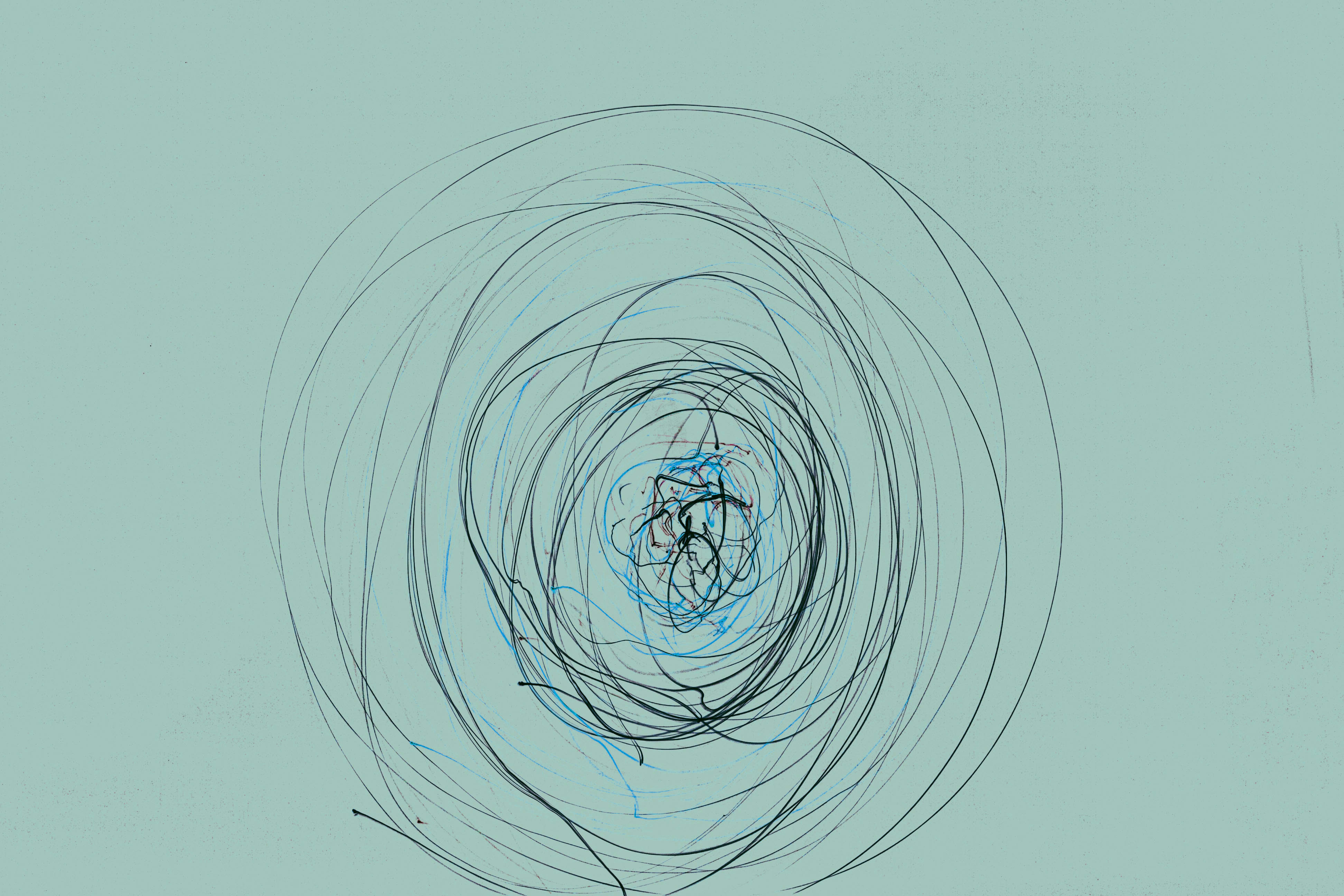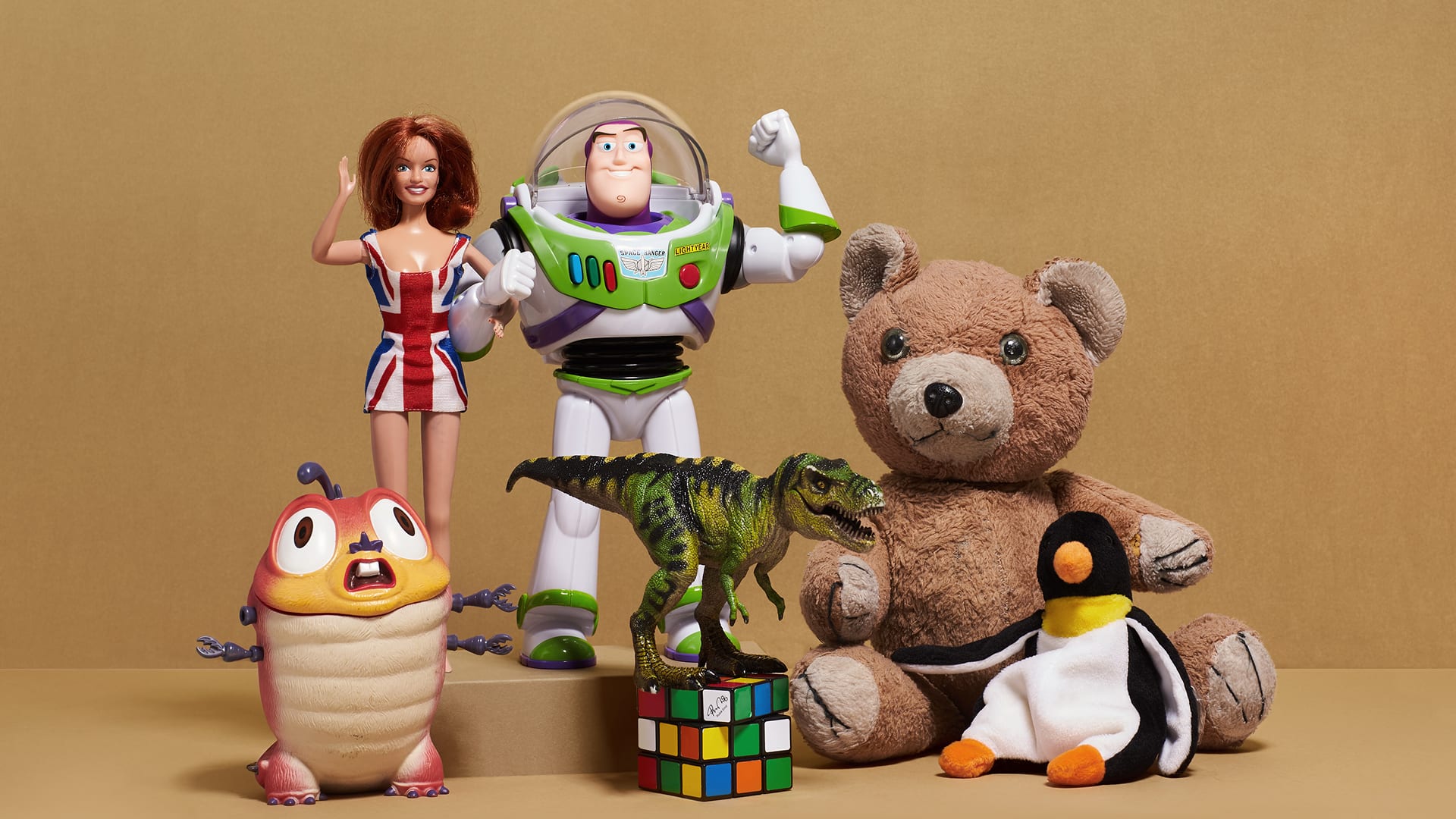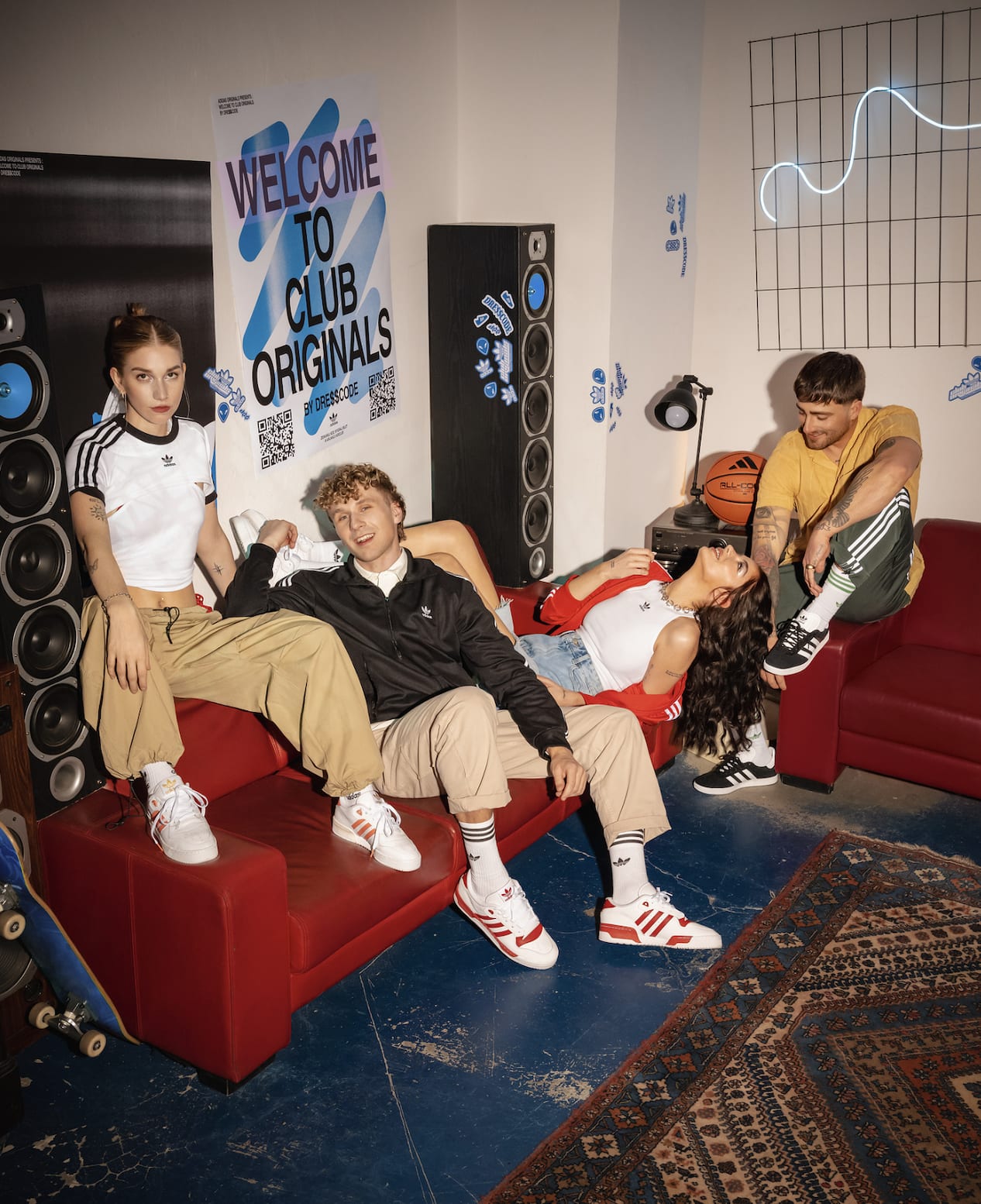Trends
Motion Graphics in Branding
Charlotte Dawson
18/03/19

Background
Years ago, brand motion graphics were solely seen on the film screen or in the realm of television. Where an animated production company’s logo were the intro to any block buster film. Whilst on TV, an animated ident or intro sting were key parts of any channels brand and marketing advertisements. Today however, any new brand must now be fit for the digital world. With the constant development of video, animation and user interaction online, brands can and should incorporate motion in their digital presence. Not only bringing brand identities alive and catching the customers’ eye, but also making motion become an integral part of the brand’s language.
Kinetic Logos
Logo design is the first brand element which has been the focus of motion treatment. Whether it is the building up of a logo, a subtle reveal, or 3D visual effect. The scope for motion graphics in logo design is constantly widening. With the use of after effects animation and the clever execution of animated gifs, to create flawless, fast loading, moving identities. Motion has become a huge part of large brands, from digital moguls such as Google and Skype to fashion sports brands such as Nike and the online hospitality giant Airbnb. Small brands are also making use of motion in their brand identity to stand out from the static crowd and engage with the massive audience that can be reached online. Even the simplest of logos can be given a whole new lease of life from simple animation being applied.
Animation to Help the User Journey
The digital channel is a whole new world for brands to develop in. It is very rare to see a static website these days, and there is a reason behind this. Motion graphics are key to helping the user journey online. Subtle use of motion on a website can prompt the user during navigation and emphasise call to actions. From animated click and hover effects, to expanding panels and tool tips. Giving the user a more intuitive experience when navigating and using a website (examples of which are below, click to view them).
Simple Yet Effective
The most successful use of motion is when it is kept simple. Saturating a logo or webpage with too much motion can make for a bad user experience. Subtle, yet cleanly executed animation is the key. The aim is to engage end user, not confuse them.
So, what does this mean for the designer?
Motion should be considered a key part of any brand design project and be used as something to help the brand grow, and not hinder it. Designers without previous motion experience may see this as a daunting task. But this new avenue should be seen as a fun area to explore, and a skill to develop. Basic Photoshop timeline animation may be a good place to start. With After Effects, JavaScript and video editing being further elements to learn. All these skills could take a career span to develop. So, designers need to acknowledge their relevant uses and possibilities within a brand project, and implement motion were suitable.
The successful use of animation is all in the detail – getting timings correct and transitions smoothed and eased will be a learning curve for designers that are new to motion. The reward being an engaging and smooth visual experience for the end user.
The bottom line is this: Clients and designers alike need to be prepared to consider how a brand lives in motion – because in this digital age, movement, fluidity and a heartbeat of a brand is expected.
View our brand work, click here.


